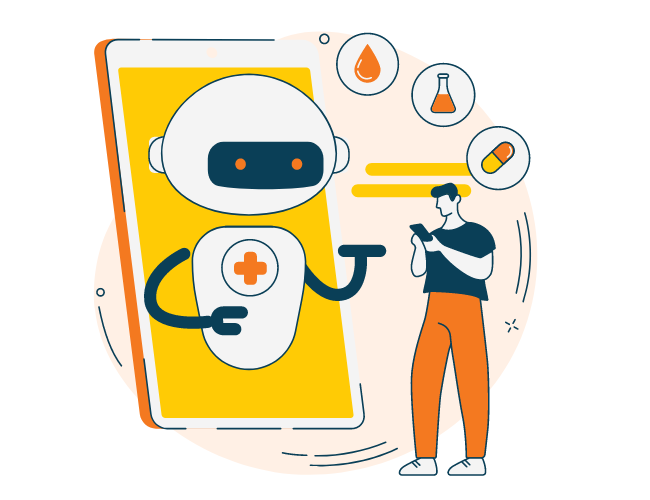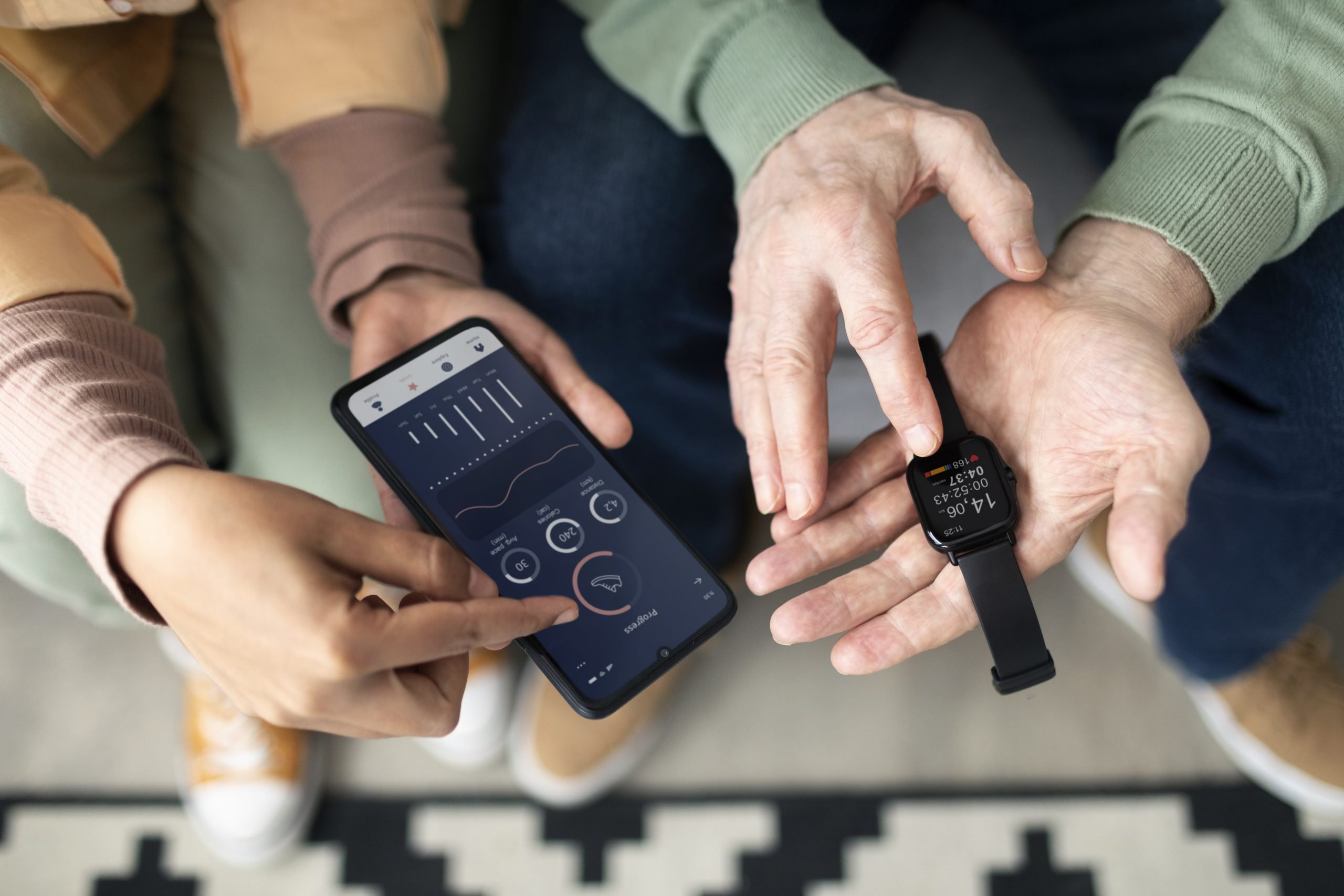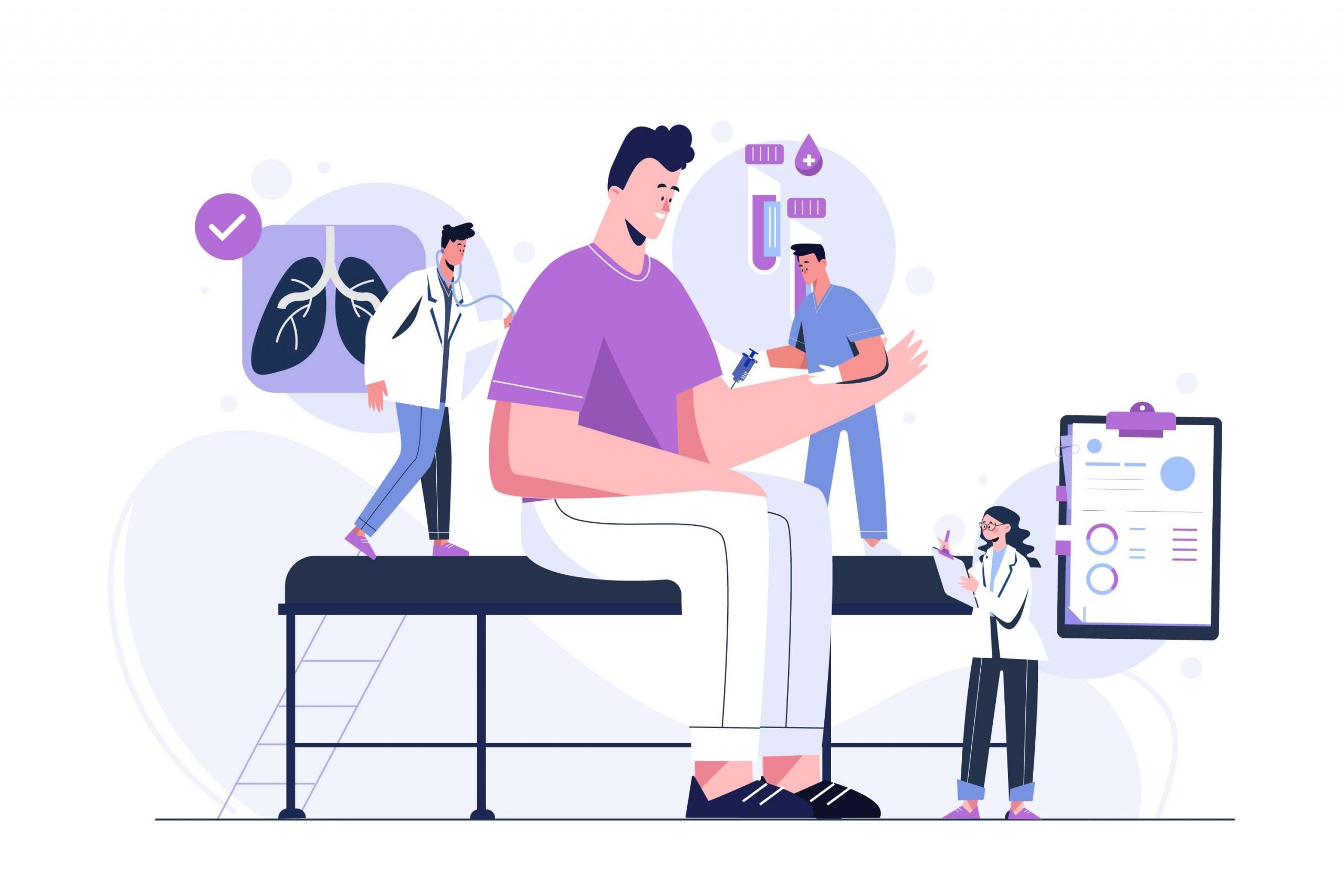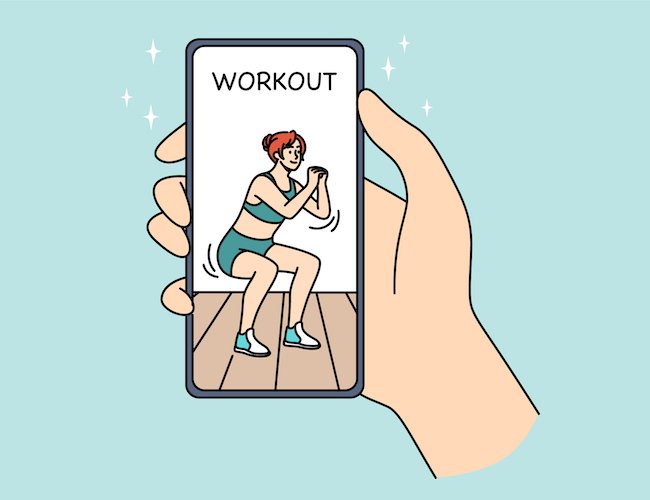To utilize our sense of touch, electronic devices (e.g., phone screens or video game controllers) can produce vibrations or other pressure sensations, otherwise known as haptic feedback. This technology is currently limited in terms of the kind of feedback it can provide along with the types of devices that it can be incorporated into.
To increase the usefulness and usability of haptic feedback, Apple filed and recently won a patent for a flexible interactive material designed to broaden the range of devices that can receive user inputs as well as incorporate haptic feedback. This technology has the potential to transform workplace wellness and optimization. Below is a broad overview of Apple’s haptic technology (AHT), which draws on Apple’s own descriptions of its potential use cases, and how it might be utilized to enhance well-being and improve organizational health.
AHT
The complete description of AHT is contained within their 28-page patent. Many of the details are far too nuanced and complex to be included here. However, a broad overview of its description in regard to wearable devices will help the reader fully appreciate its potential.
Apple’s technology centers around the use of what are known as electroactive polymers or piezoelectric materials. These substances change their shape when an electrical current is applied to them. In AHT, electroactive polymers will be sandwiched between two ordinary layers of fabric.
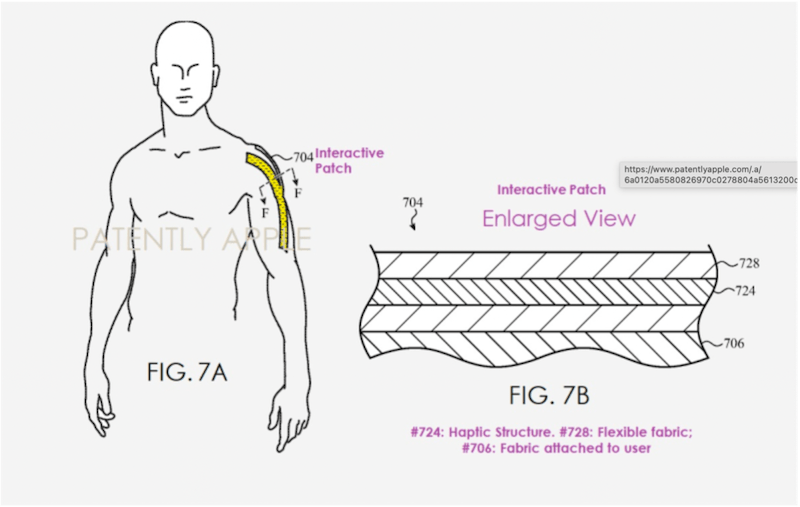 Photo Credit: Patently Apple
Photo Credit: Patently Apple
To deform the fabric, a processing unit will send signals to a pair of electrodes surrounding the polymers. As the polymers move in response to the electrical signals, the flexible fabric around it will move as well, ultimately creating pressure or tactile sensations for the wearer. Additionally, the processing unit will be able to incorporate inputs from the user to control various electronic devices.
Intended And Potential Use Cases
When discussing the applications for AHT in their patent, Apple makes a number of tantalizing claims, many of which articulate the ways in which their technology, when embedded in clothing items (e.g., gloves, watch straps, etc.) can enhance virtual reality (VR) experiences. In particular, they note that:
The electronic device […] and the virtual reality device may create an encompassing sensory experience that allows a user to experience, interact with, and/or control a virtual environment in a manner analogous to a user’s interactions with a corresponding physical environment.
Moreover, they note that these interactions will induce forms of haptic feedback that simulate the experience of touching or grabbing items in the real world. They state:
The flexible fabric […] may translate relative to the user […] to produce a pressure sensation of an object represented within the virtual environment when the user interacts with the object using the electronic device
Though Apple did not mention how their technology might be used for workplace wellness and organizational optimization, the general remarks mentioned above have the potential for several organizationally relevant implications. In particular, the technology has the potential to be used to:
- Enhance workplace VR: AHT may make workplace VR more immersive and easier to use, lessening some drawbacks of remote work.
- Improve the gamification of wellness activities: For some individuals, wellness activities can be difficult to stick to. In order to make getting and staying well easier, wellness experts have tried to make a game out of it. Most recently, they have done so with the use of VR. AHT will make these activities even more fun and engaging.
- Increase the effectiveness of various psychotherapeutic techniques: Researchers have found that VR can expedite exposure therapy, a psychological treatment used to help individuals confront their fear’s by imagining or placing themselves in scenarios that are increasingly similar to whatever they are nervous about. By simulating the haptic sensations associated with the situations that individuals are fearful of, AHT might make virtual exposure therapy that much more potent.
Only time will tell whether AHT is produced and how it will be utilized. As such, the above-mentioned applications are merely speculative. However, they point to an exciting potential future for the workplace wellness and optimization industry.



